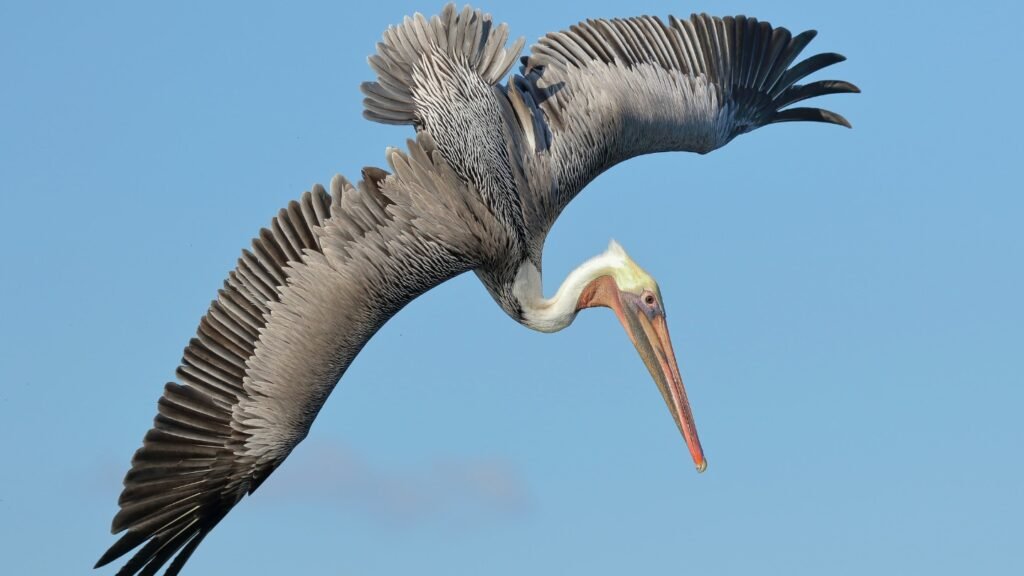Researchers from Princeton University have discovered that lining aircraft wings with rows of lightweight flaps that mimic covert feathers found on bird wings can increase lift, reduce drag, and prevent stall. These bioinspired flaps would deploy passively when the wings meet oncoming airflow at a high angle, unlike traditional flaps and spoilers that are controlled by motors or hydraulic actuators. In wind tunnel experiments, researchers found that the flaps affect the flow of air in two ways, helping keep air flowing closer to the wing and blocking high-pressure air from creeping toward the front of the wing.
Installing multiple rows of flaps on airfoils improved lift by up to 45 percent and reduced drag by 31 percent. Tests conducted with remote-controlled aircraft also showed that the flaps helped mitigate stall, expanding the craft’s angle-of-attack range by 9 percent and improving flight stability. This increased range could be helpful when flying through heavy gusts or during very short runway landings, making such maneuvers safer and more feasible with the addition of the bioinspired flaps.
The passive deployment of these flaps and their ability to improve lift and reduce drag without the need for mechanical control systems make them a promising innovation in the field of aviation. By mimicking the structure and function of covert feathers found on bird wings, researchers have found a way to enhance the performance of aircraft in challenging flight conditions. These findings were published in Proceedings of the National Academy of Sciences on October 28.
The research team at Princeton University conducted experiments in wind tunnels to study how multiple rows of flaps affect airflow around airfoils. By placing flaps near the front of an airfoil, the team was able to keep air flowing closer to the wing, improving lift and reducing drag. Adding additional rows of flaps further enhanced these effects, demonstrating the potential for significant improvements in aircraft performance with this bioinspired design.
The use of bioinspired flaps based on covert feathers could have a major impact on the aviation industry, offering a more efficient and effective way to improve aircraft performance. With the ability to increase lift, reduce drag, prevent stall, and improve flight stability, these flaps could revolutionize the design of aircraft wings and help make flying safer and more efficient. Further research and development in this area could lead to new advancements in aviation technology and design, with potential applications in commercial and military aircraft.











